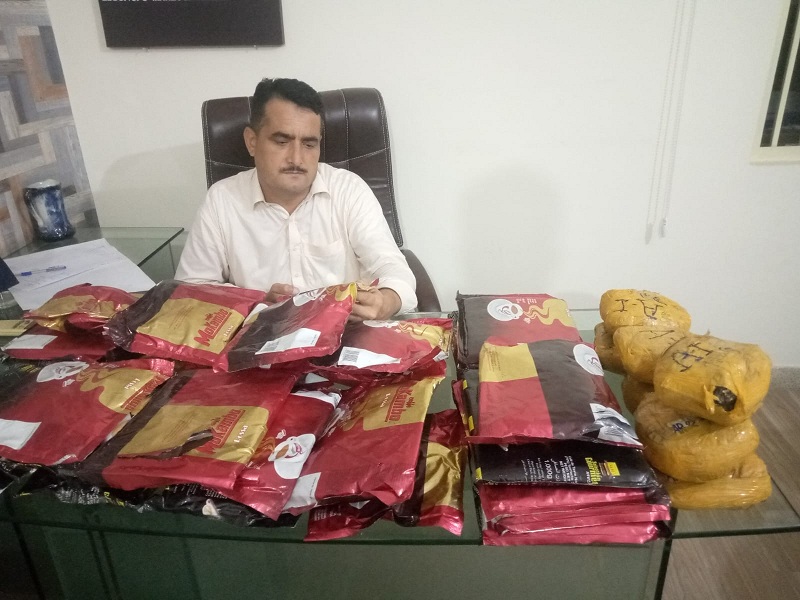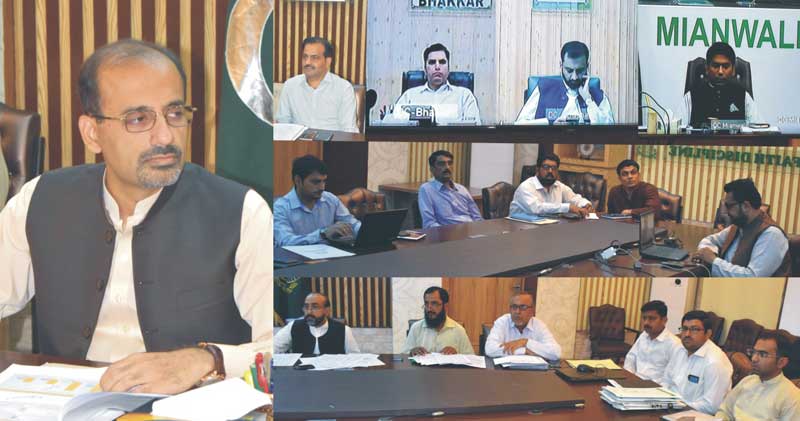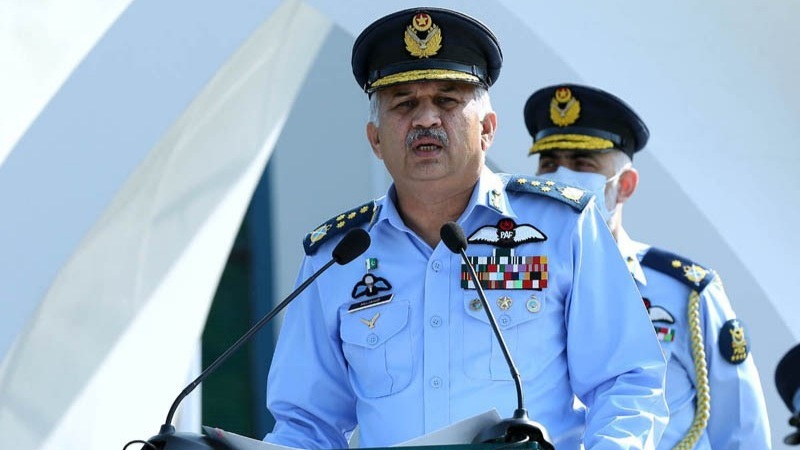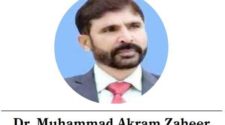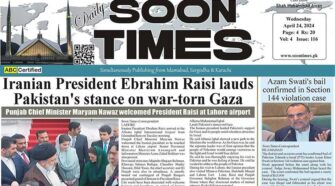By: Uzma Rana
75 years and not a single successful economic policy What a chaos!
 Core Inflation Rate in Pakistan increased by 18.5% in June 2023.Inflation rate rose to 38% in May and this was a record-breaking jump. Weekly inflation rate has reached all times high 38%. We don’t have money to pay for imports stuck at ports. Floods of last year still having its effects on shaking economy, striving to getting back to some stability.We suffered $30bn financial loss, with 3 crore people displaced due to floods. People are afraid of predictions about getting closer and closer to default situation. Energy crisis is getting horrible. Lawlessness in country is making things even worse over all.
Core Inflation Rate in Pakistan increased by 18.5% in June 2023.Inflation rate rose to 38% in May and this was a record-breaking jump. Weekly inflation rate has reached all times high 38%. We don’t have money to pay for imports stuck at ports. Floods of last year still having its effects on shaking economy, striving to getting back to some stability.We suffered $30bn financial loss, with 3 crore people displaced due to floods. People are afraid of predictions about getting closer and closer to default situation. Energy crisis is getting horrible. Lawlessness in country is making things even worse over all.
Things might be new, but revising pages of history we never find such thing as a stable economic policy in this country. Absence of a sustainable economic policy is always been an unfortunate to this country. Among many reasons, one is of course the never completing tenure of any democratic government. Every proceeding government replaced the policies of previous one to prove them wrong.It seemed like their first priority to prove their rivals wrong in every capacity, at the cost of national damage. Then this ‘new government’ comes up with their ‘new policies’ from the lowest starting point again and the cycle continues. Since 1947, we have experienced a complete roller coaster of policies over policies, not getting us any long term good, for a long spam of time. We did not have a constitution for first 9 years of creation of Pakistan. Whatever the reasons were there, we were a nation with no future layout, not knowing anything what we were looking for. Our economy went through different phases back and forth. In phase I 1947-77, we name it Era of experimentation, we saw, Ayub khan came up with Harvard Trickle Down Model, a capitalist model. This model was then replaced by Bhutto’s socialist model that was built on idea of nationalization. Later, we enter second phase, Era of twisted economy, lasted from 1979-2000. Zia ulHaq followed the footsteps of his ideological father, Ayub, and again revived the capitalist mode of economy in country. This was the time period of Soviet war in the region. Pakistan was clearly a queen of chess in the game. Our economy was booming up on ‘aids’ from America. Benazir Bhutto became then prime minister of Pakistan, saving the pieces of democracy in country. The war has ended. The aid is cut. Now we were having nothing at hand to run a state by its own. We once again asked for help from IMF in the form of, of course, loan. The series of changing government between Benazir and Nawaz Sharif kept on going and so was the seeking of loans from IMF until 2000. Here, we entered a new era, Era of Problematic Economy, started from 2000 and we still getting through tough times. A big change comes once again breaking repeating cycle of Bhutto and Sharif’s loan seeking policy, in the form of another military general, Musharraf. In 2000, Gen. Pervaiz Musharraf introduced Model of Subsidized Scheme, in which Gen. gave loans to educated youth for small level domestic business or entrepreneurship.It helped industry to stand again. Energy demand increased, which led to energy shortage in country and ultimately caused loadshedding.Now Nawaz Sharif comes up with ‘Crony Capitalism’ plan benefiting only favorite industries. CPEC is also product of this era. Our recent economic model is Imran Khan’s ‘Socialist’ model.
This never-ending search for a stable and strong policy needs many serious initiations towards a strong Pakistan. This is 23rd time since 1947 we have begged before IMF for loans and aids. IMF, WB or whatever the monetary body, they give us loan just for their own benefits. We need to understand the fact that a state can never be run on loan money for a longer period. Core issues of Pakistan’s economy mainly include policy framework, inconsistent policy doctrines, agricultural problems, industrial issues, fiscal policy problem, taxation problems, monetary policy problems, neoliberal structural programs, Pakistan development paradox, poverty and inequality issues, issues of class policies, bureaucracy issues, bad governance structure, and many others. One major issue today seems to me is wrong investment in agriculture department and ignoring the space of development in industrial sector. Pakistan invests 45% of its population input in agriculture every year and it yields only 19% output in GDP. On the other hand, 19% our population is involved in industry and it yields almost 30% output in GDP. It clearly depicts our wrong directions of economic investments towards progress. Moreover, Lack of mechanization, water issues, commercialization of agricultural land, lack of agricultural education, no facilities for farmers are also factors deteriorating agricultural sector. Pakistan Textile Industry, for example, is one of the largest industries of the country and is badly ignored since years. Another reason of worse economy is malfunctioning of our state-owned enterprises. These are the companies that are directly owned by state and they make incentives for state. PIA, WAPDA, PTCL, steel mills, are major among them. According to stats, our state-owned enterprises are losing in millions on daily basis. PIA- has lost 600bn rupees, and steel mills lost 500bn rupees in last 3 years. Steel mill loses 5m rupees per hour, when working. Pak-railways lose 50bn rupees per year. PTCL, WAPDA, PTV, xyz also follows the trend as well. Reason behind may be lack of technical and professional operating hands in industrial sector. Technical and professional supervisors are being replaced by politicians, bureaucrats, or retired military officers who have no background knowledge of subject, causing heavy loss in industries. Brain drain is also the reason we have no competent expertise left behind in country to boost the economy.
There is a long series of problems one can enlist, but every problem comes with a solution. FBR decentralization, knowledge economy, strong local government, better tax collection mechanism, digitalization, economic driven policy, tourism, services lead economy, strong IT sector, CPEC execution, Hi-Tech manufacturing, education are still the options helpful for survival of economy of Pakistan. It is never too late to mend the ways. We all hope we play our part in better future.
The writer is Lecturer at University of Okara contact uzmarana70@gmail.com





